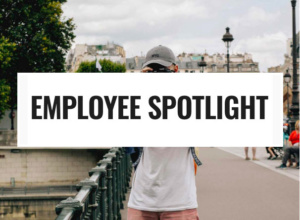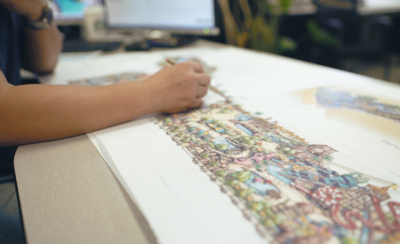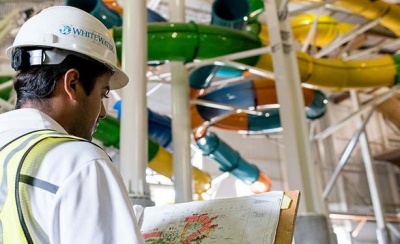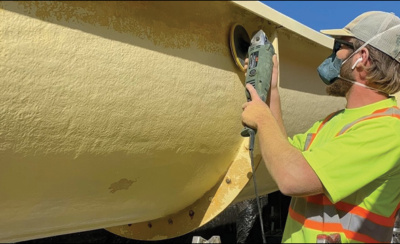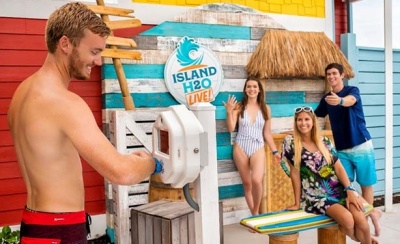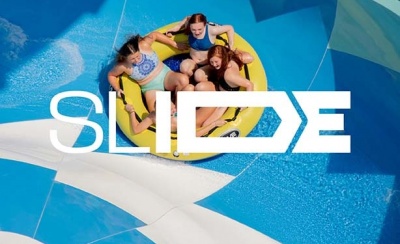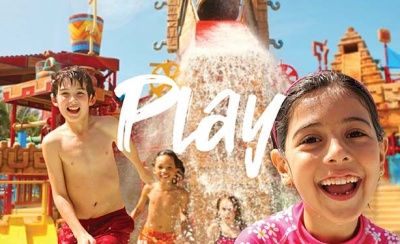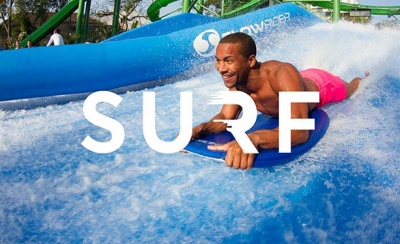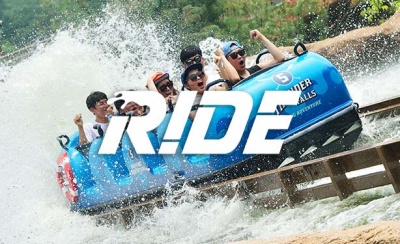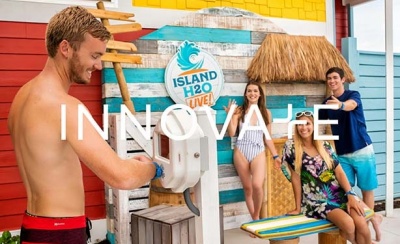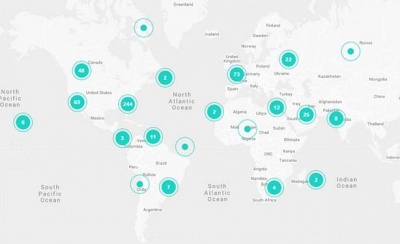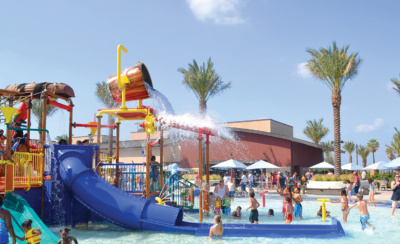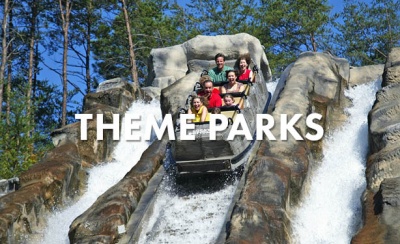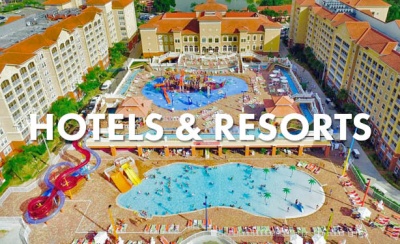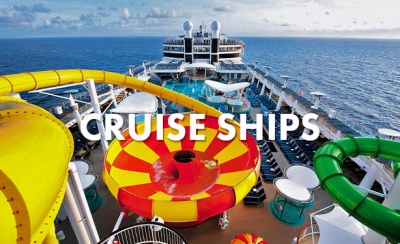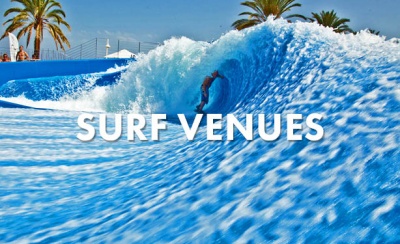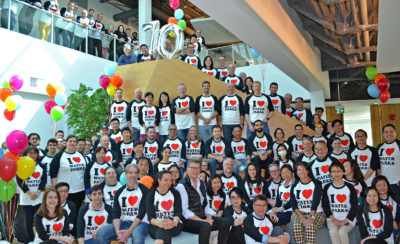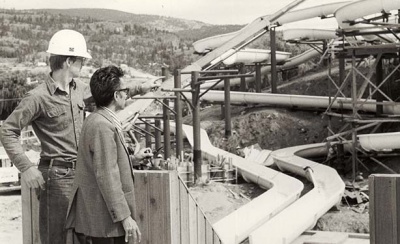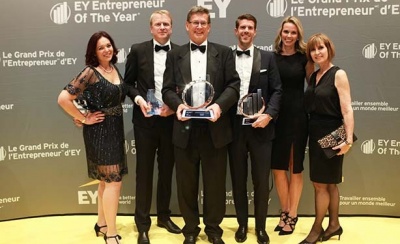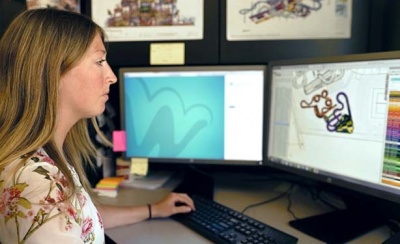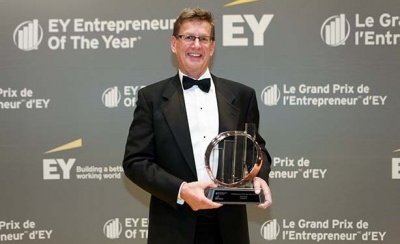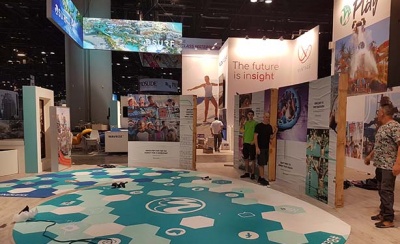The Thing About Capacity
Little things make big things happen. A great guest experience isn’t always made up of the best rides and play structures. Much beyond technological innovations that augment your reality and help you escape, this involves creating experiences that allow your guests to feel alive, and connected.
As a park operator, this could involve something as simple as optimising the park’s capacity to avoid congestion and long queues for guests. For the more pedantic amongst us, maintaining a smooth ebb and flow of traffic in the park could seem like a discipline in itself. It is believed to have two sides: active and passive.
Achieving a fine balance between active and passive capacity
While the active one brings direct, measurable returns in the form of theoretical or operational hourly ride capacity (THRC, as it’s called), the passive one facilitates the ease of navigation through one attraction to another, creating spaces for social interaction and nurturing the spirit to ‘play’ in between different rides and experiences.
There’s a thin line between these two. One begins where the other ends, keeping your guests moving from one corner of the park to another, while establishing a flow and giving a steady rhythm to life in a park. While it may sound simple, there’s a lot that goes into capacity planning – from effective ride management, intuitive park design to smart queue operations, optimizing your park capacity can be that golden key, most operators are silently searching for.
How many vs. how well: The human side to capacity
Besides the technical and practical side to addressing the question of capacity, there is a more human aspect as well. By understanding guest behaviour, preferences, and probing deep into their psychology, you can unravel so much that you don’t know about which can help your park run more smoothly.
Do your guests move clockwise or counter-clockwise? What are the busiest times in the day? Which are the busiest spots? How long does an average guest stay in your park? Are all your rides being utilised equally? How do guests move from one corner to another? There is an endless list of things to consider while creating your park’s capacity management plan, but how do you find this information out? WhiteWater’s newest offering, Vantage, tracks guest’s movements to give you these insights and more. To learn more, attend a live demo, this November at IAAPA.
“Building capacity and managing it are two different things, but the interesting thing is they work in tandem. If you can design a park and select your ride mix by pre-empting guest behaviour and other operational aspects to maintaining the flow of traffic and maximizing the ride’s potential capacity, you can crack the code to creating everlasting memories for your guests and build a successful business for the park owner. It’s worth it!”
– Dio Ho, Director of Design, WhiteWater West
Along with understanding the economics of capacity and scale, an intelligent park design can be equally significant. This could involve selecting products that maximize fun, while allowing you to optimize your park’s per square footage and operational efficiency. Encouraging active play with multi-level exploration and discovery, WhiteWater’s Adventure Trail is one such attraction that engages families in more ways than one, while helping parks to cash in on additional F&B opportunities, beneath the tall structure. That is using the same space twice for better entertainment value per sq. ft.!
Similarly, WhiteWater’s family of surf products also pulls guests in to ride or just to watch the spectacle of talented Flowboarders showing off their skills. While the stationary waves provide for your active capacity with those participating in the ride, the passive capacity supplements this by driving additional F&B and profitability through spectators sitting on the sidelines watching others ride.



